-

Bigger this time
Google Pixel Watch 3
The Google Pixel Watch 3 now has a bigger sibling in the form of a 45mm model, making it easier to compare and contrast with other larger smartwatches.
Pros- Now comes in both 41mm and 45mm sizes
- Fitbit integration offers solid tracking options
- The Wear OS standard-bearer
Cons- Proprietary band connectors
- Need to subscribe to get all the tracking features
-

Apple’s standard choice
Apple Watch Series 10
The Apple Watch Series 10 continues the brand’s most popular wearable by changing little from its predecessor and only tweaking the existing package with a few new features to expand health and fitness tracking.
Pros- Familiar lightweight build
- Sleep apnea detection
- Wide-angle OLED panel
Cons- No blood oxygen data in U.S.
- Very incremental from previous gen
You might look at this matchup as a strange one given the incompatibilities that apply either way. Google’s Wear OS is the standard by which many smartwatches run on — especially those paired to Android phones; it’s no easy task to use an Apple Watch with an Android phone, though not altogether impossible.
In one sense, these two have more in common now that the Pixel Watch 3 has a 45mm model to match the Apple Watch Series 10’s two sizes. And while you won’t see an Apple Watch among the best smartwatches for Android, it’s still worth understanding how these two distinct smartwatches stand up against each other.
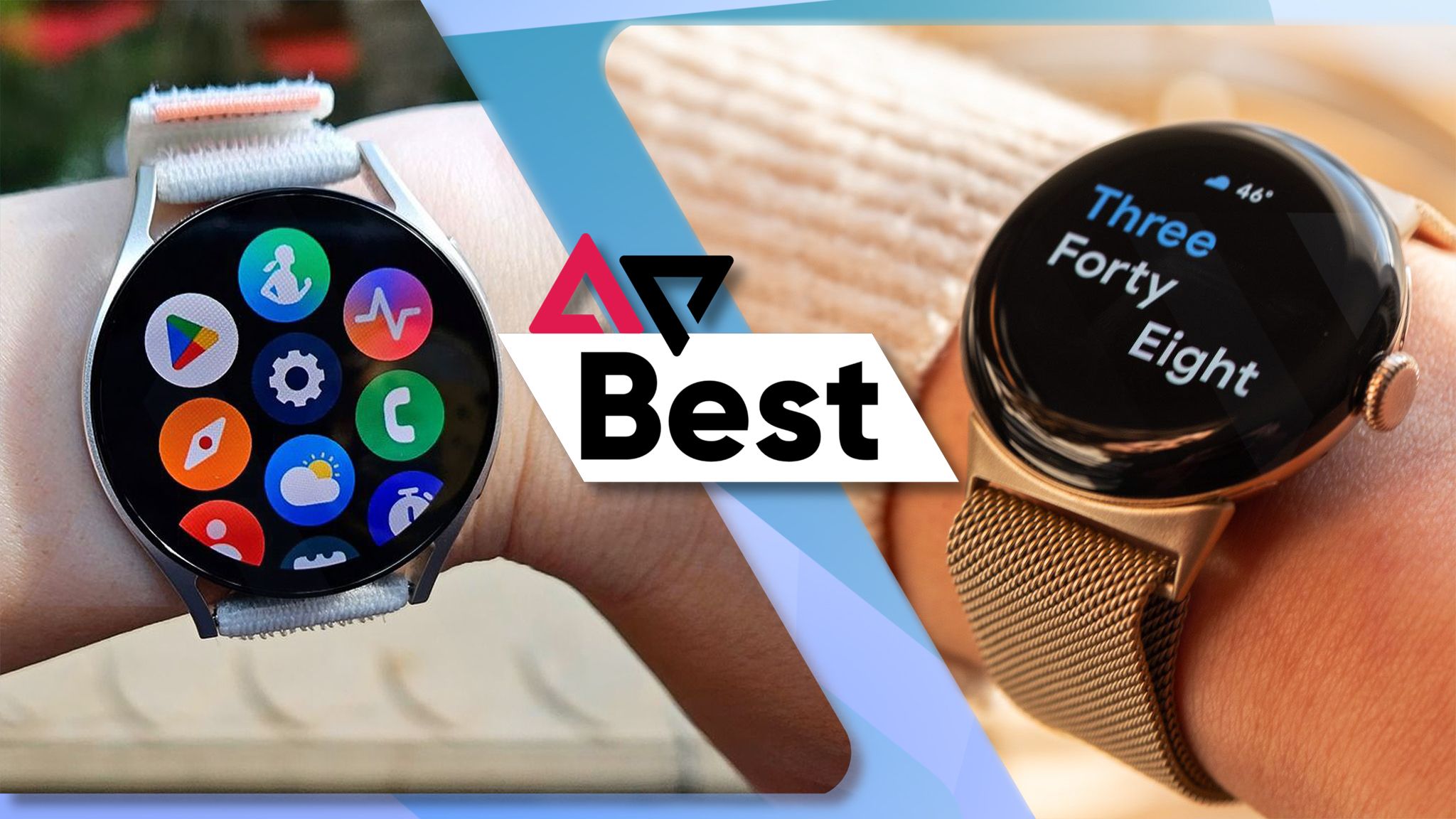
Read our ranking
Price, availability, and specifications
The Google Pixel Watch 3 starts at $350 for the 41mm model and $400 for the 45mm size. For an extra $100, you can get the LTE variant in either size if you want to go beyond just Wi-Fi/Bluetooth. Color options for the 41mm include Matte Black with an Obsidian band; Polished silver with either a Porcelain or Rose Quartz band; or Champagne Gold with a Hazel band. The 45mm version comes in Matte Black with an Obsidian band; Polished Silver with Porcelain; or Matte Hazel with a Hazel band.
Pricing for the Apple Watch Series 10 depends on which casing you go with. The Aluminum model, which comes in Jet Black, Silver, or Rose Gold, starts at $400 for the 42mm and $430 for the 46mm. Same deal here, too — add $100 and you get the cellular variant. If you opt for the Titanium casing, you get cellular anyway, plus your choice between Natural, Gold, or Slate, though it’s considerably higher, starting at $700.
Both smartwatches are available from brick-and-mortar and online retailers, so it’s unlikely you’ll run into any challenges finding them. Google offers trade-in deals, particularly for Google, Apple, Samsung, and Fitbit wearables; Apple tends to accept trade-ins for its own products, like the Apple Watch or iPhone.
Here are the specs for these watches:
-
Google Pixel Watch 3 Apple Watch Series 10 Case size 41mm; 45mm 42mm, 46mm Case Material Aluminum Aluminum or Titanium CPU Qualcomm Snapdragon W5 with Cortex M33 co-processor S10 SiP Storage 32GB 64GB Battery 306mAh (41mm); 420mAh (45mm) 18-36 hours Cellular connectivity LTE (optional) LTE (optional) Wi-Fi connectivity 2.4GHz; 5GHz 2.4GHz; 5GHz Software Wear OS 5 watchOS 11 Health sensors Optical heart rate, SpO2, ECG, continuous EDA, skin temperature Optical heart rate, SpO2, ECG, continuous EDA, skin temperature, sleep apnea detection Dimensions 41 x 41 x 12.3mm (41mm); 45 x 45 x 12.3mm (45mm) 42 x 36 x 9.7mm (42mm); 46 x 39 x 9.7mm (46mm) Weight 31g (41mm); 37g (45mm) 30g (42mm); 36g (46mm) IP Rating IP68 IP68
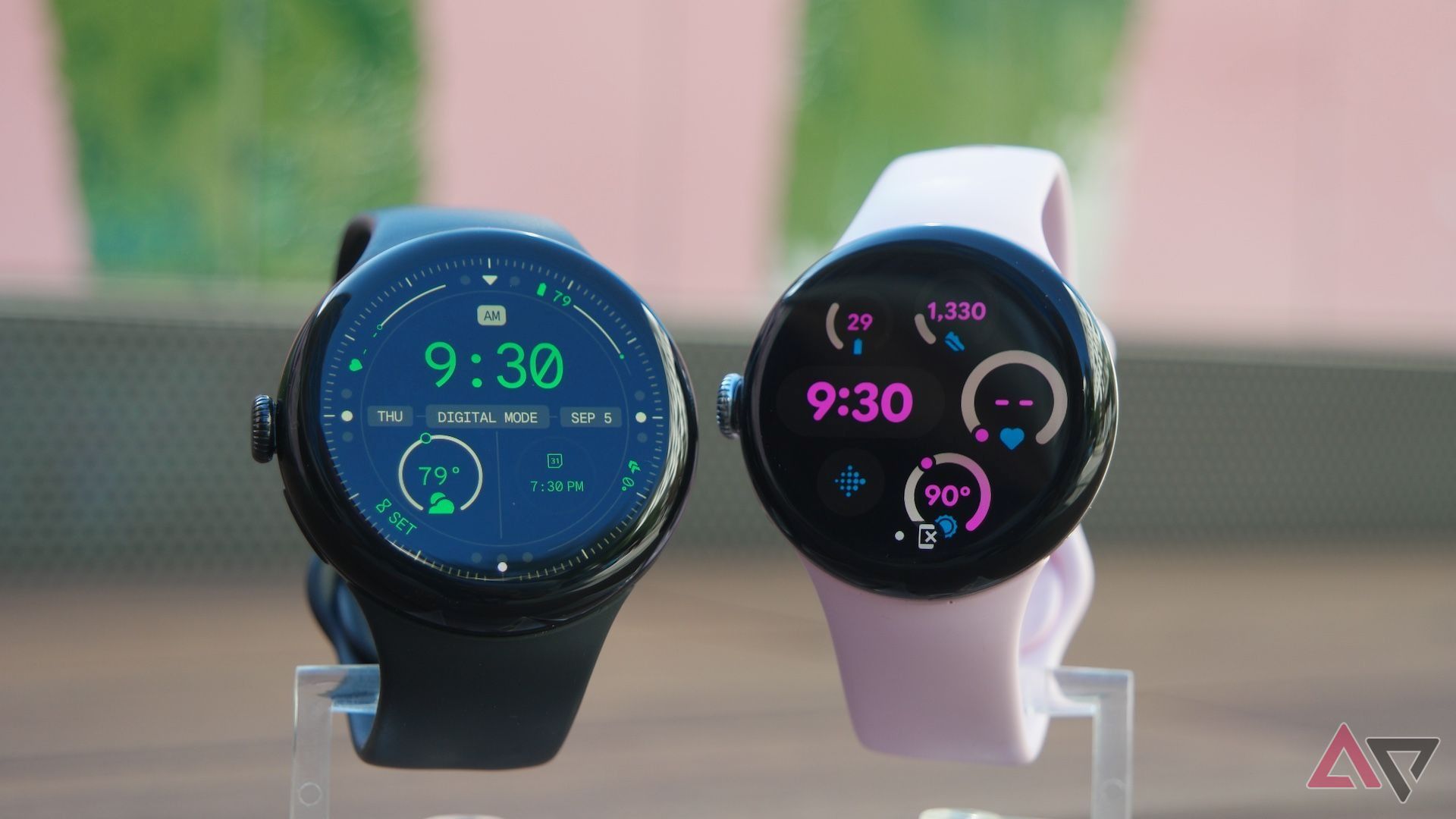
Read our review
Review: Google’s Pixel Watch 3 is big, beautiful, and brainy
The 45mm version is large and easy to love
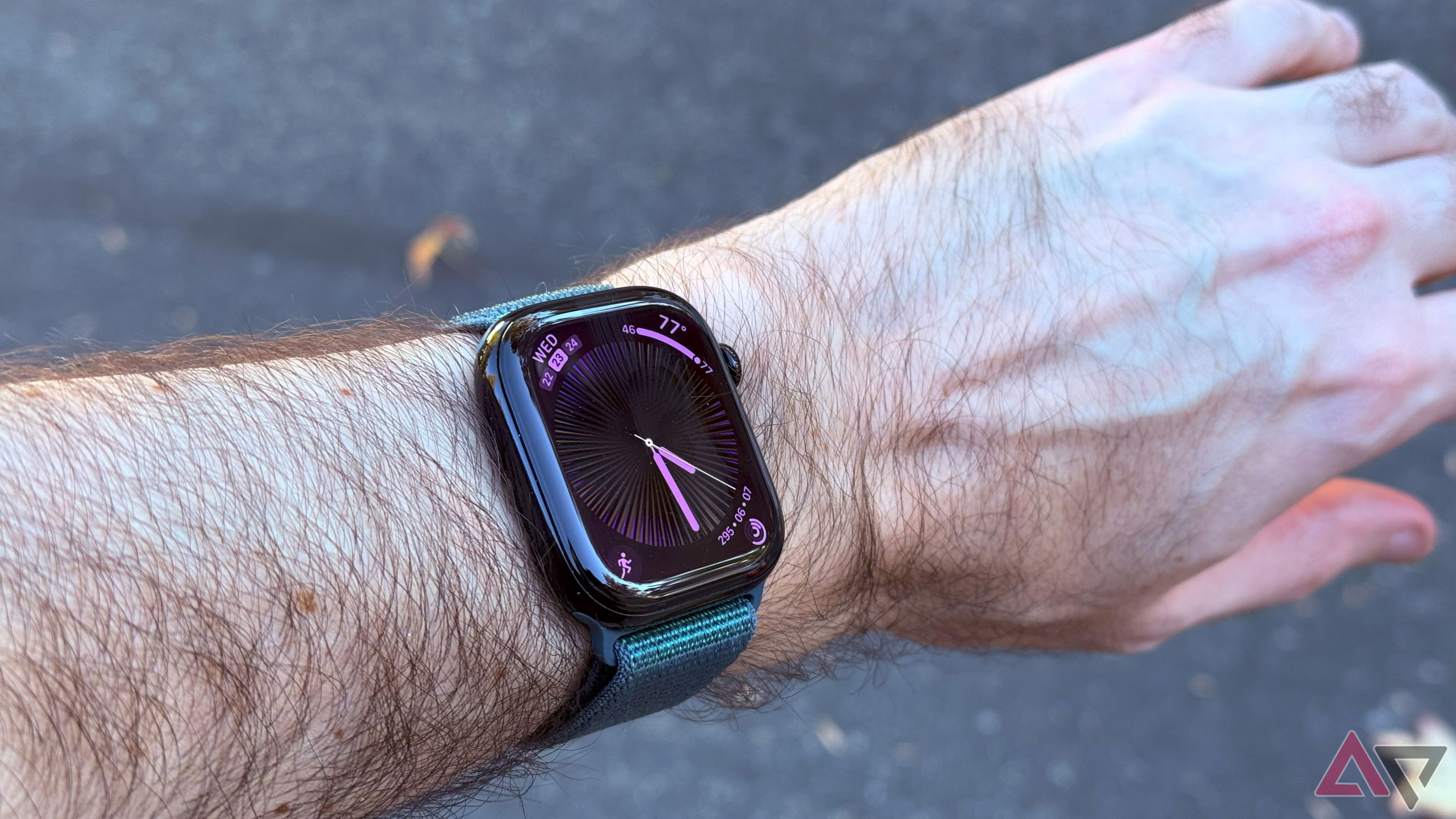
Read our review
Design
Going round or squaring up
Off the bat, there’s an aesthetic to consider when pairing these up. On the one hand, the Pixel Watch 3 is distinct because of its rounded display and exposed body; without a frame around it, the watch looks svelte and adaptable. Google hasn’t deviated from these design principles, so it’s no surprise the Pixel Watch 3 is like a carbon copy of the previous Pixel Watch models.
You can take bands from the previous two watches and attach them to the 41mm Watch 3 exactly the same way. The 45mm model doesn’t enjoy the same continuity as far as bands go, but there are already plenty out there supporting it.
The 41mm offers double the peak brightness for the screen at 2,000 nits, which also applies to the larger 45mm. The rotating crown is a nice way to navigate the interface without touching the screen, particularly when it comes to viewing notifications.
Apple Watch Ultra 2 next to the Apple Watch Series 10
In a similar vein, the Apple Watch Series 10 also feels like a rehash, though going to 42mm and 46mm means another slight bump up in screen size, which Apple hasn’t done since the Series 7. For what it’s worth, the wide-angle OLED, which is equally bright at 2,000 nits, is a boon in that it’s easier to see more and at wider angles. By now, Apple’s square display is easily noticeable, and the button and rotating crown serve their purpose with distinction as well.
The choice between aluminum and titanium frames comes down to both preference and application. You’re probably better off with the Apple Watch Ultra 2 if you truly want something rugged, but Apple’s also left the door open to something lighter here, especially since the 46mm Series 10 gives you that 1mm extra screen space.
Not that either watch here will feel cheap. They each pack a fair number of features, and with so many options to protect and accessorize them, you really can take either one anywhere you go.
Software and tracking
Plenty to see here
This is an interesting aspect to compare, because these two watches don’t really line up much at all.
Google bases its health and fitness tracking on its Fitbit integration. You get more value by subscribing to Fitbit Premium, though it costs extra and is only really worth it if you actually make use of its content. At least most of the key features are free, like Readiness, Target load, Cardio load, and Morning Brief.
The difference is, Google doesn’t have all the sensors Apple does. If you want an ECG (electrocardiogram) on your wrist, you won’t get any readings from the Pixel Watch 3. While sleep detection is good because of Fitbit, you won’t get any clues about whether you have sleep apnea or not. Moreover, the new depth app and water gauge make the Apple Watch Series 10 far more attractive for those who need a smartwatch in the water.
On the other hand, legal troubles put up roadblocks to blood oxygen readings for Apple’s newest watch, which means there’s no SpO2 sensor at work. This is specific to the US, by the way, so you may not run into issues in other countries. The Pixel Watch 3 doesn’t have this problem at all. If that’s an important metric for you on a daily or nightly basis, then you have to consider it because it’s unlikely to be resolved with the Series 10.
Then there are the two very different platforms. There is no official cross-compatibility here, meaning Wear OS isn’t supposed to work with iOS devices, and watchOS isn’t designed to work with Android devices. Choosing one or the other largely comes down to your personal preference.
Even if you can get the lines to cross, you lose out on too much functionality to make the purchase worthwhile. There’s something to be said about the fluidity of notifications coming through, or being able to control smart home devices and your phone’s camera from your watch. Google and Apple are also going to push AI as a way to augment the user experience, only keeping things even tighter than they are now.
Battery life and charging
Sputtering along nicely
Neither brand can make any lofty claims on battery life. The Pixel Watch 3 41mm can go up to 24 hours, with the 45mm hitting closer to 36 hours. These numbers are under ideal conditions, so if you use GPS and the always-on display, you’ll probably need the charger sooner rather than later. The good news is it takes 28 minutes to go from zero to 50%, which is much better than previous versions.
Thickness of the Apple Watch Ultra 2 next to the Apple Watch Series 10
Apple, meanwhile, says “up to 18 hours,” and that’s about right provided you don’t overdo it with an always-on display and GPS tracking. While there are ways to mitigate battery drain, you’ll have to charge the watch at some point every day anyway. If you need it to track sleep, you’ll also need to make a habit of doing it before you pass out.
Which should you buy?
The most obvious consideration is which platform works for you. You’re not deciding between a Pixel Watch 3 and Apple Watch Series 10 without establishing that part first. Both brands offer two different sizes, too, so you have a say about what you’d prefer to look at every day.
Google approaches the Pixel Watch 3 much the same way Apple does with its latest smartwatch: a few design changes, certain functional tweaks, and refinements all around to present more polished versions of otherwise established wearables. Each watch hits or misses depending on what you want to prioritize, and the biggest decision undoubtedly comes down to the kind of integration you expect to have on a daily basis.
Health and fitness tracking are solid either way, and these watches don’t feel cheap. Still, if you want to stick with Android, the Pixel Watch 3 is clearly the better choice.

Two sizes to choose from
Google Pixel Watch 3
The Google Pixel Watch 3 offers the best of Wear OS, and now does it in two different size options. While it looks similar to its predecessors, it can track more and do it more accurately.
The Apple Watch Series 10 is an incremental change over its predecessors, even if the screen is slightly bigger this time. The software basically looks the same and integration with iOS devices doesn’t change much. But if you’re so inclined, it’s built to be tougher than it looks.
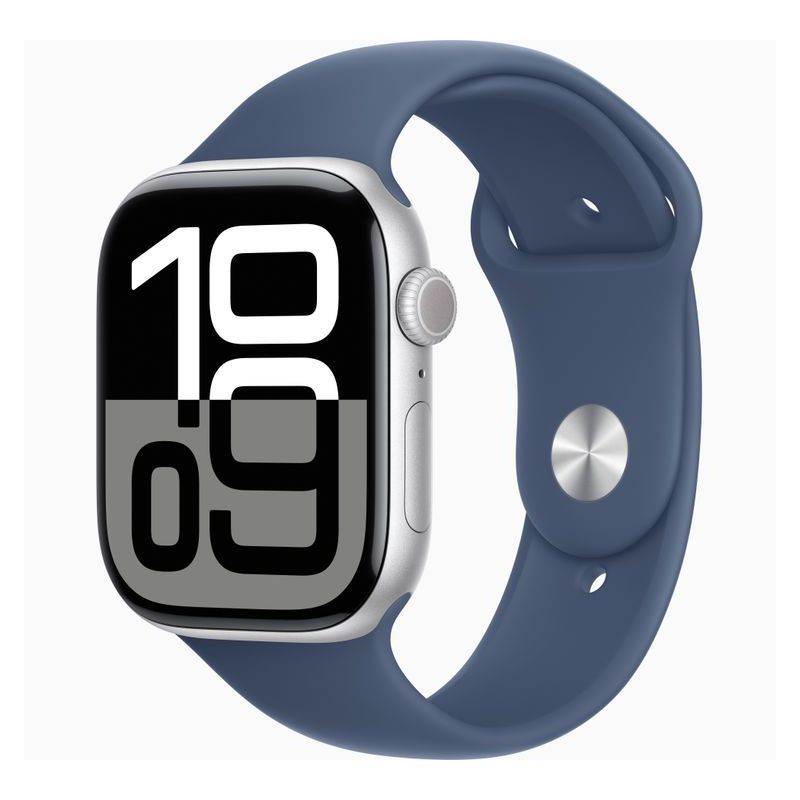
Just a bit bigger
Apple Watch Series 10
The Apple Watch Series 10 expands its health and fitness tracking to include sleep apnea detection, along with a water depth gauge and water temperature sensor to make this a more compelling watch for water sports.

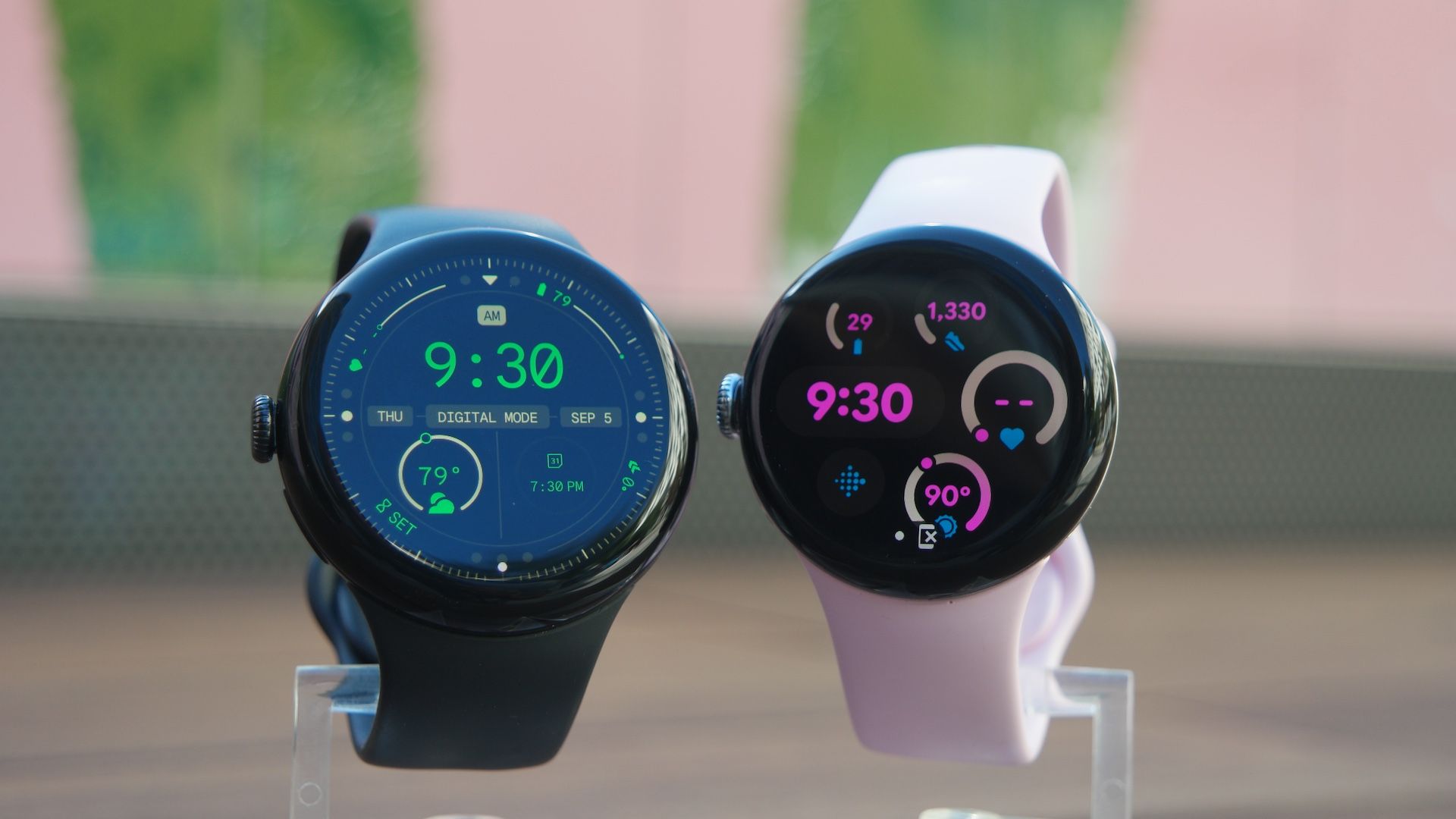
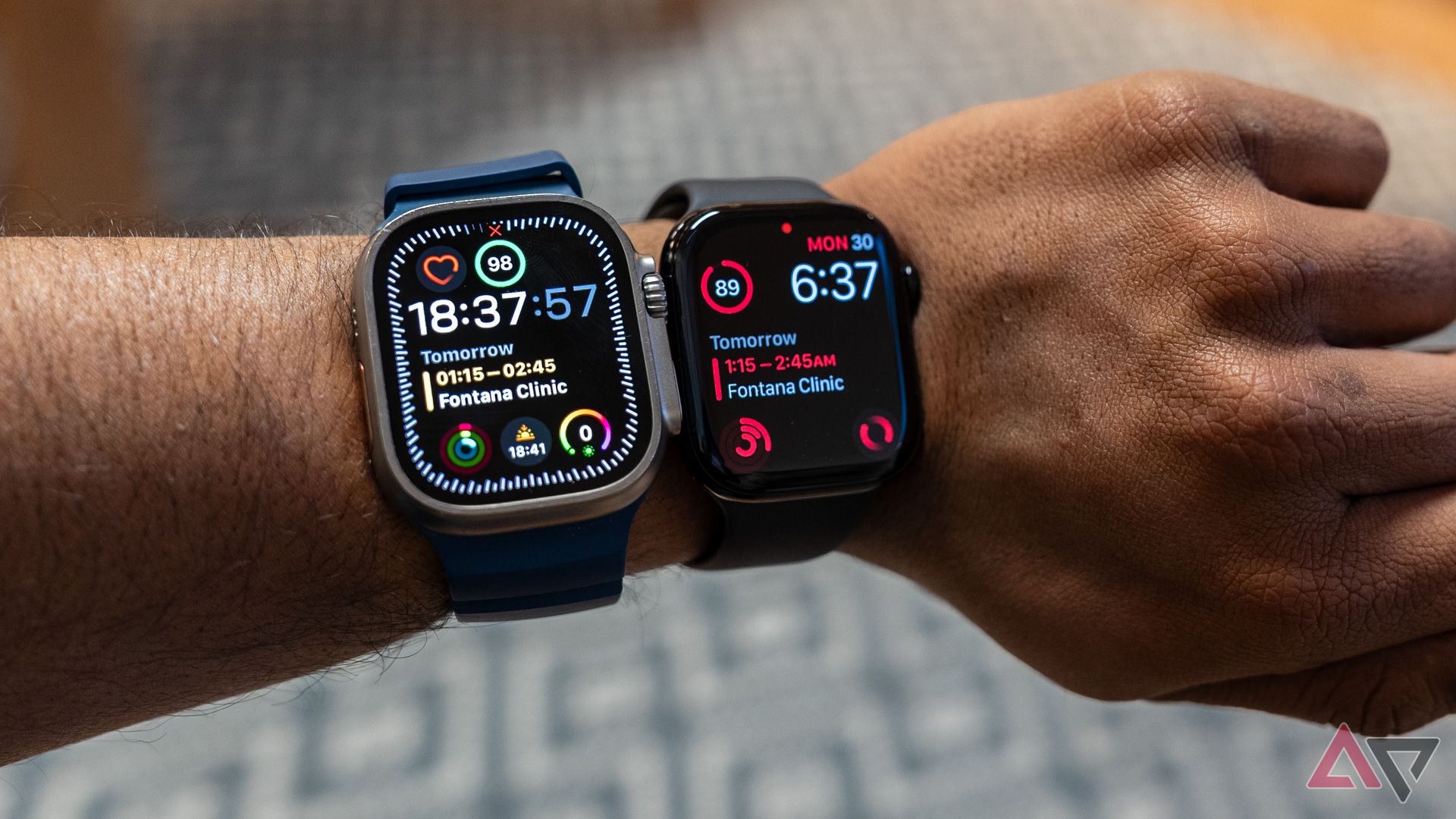
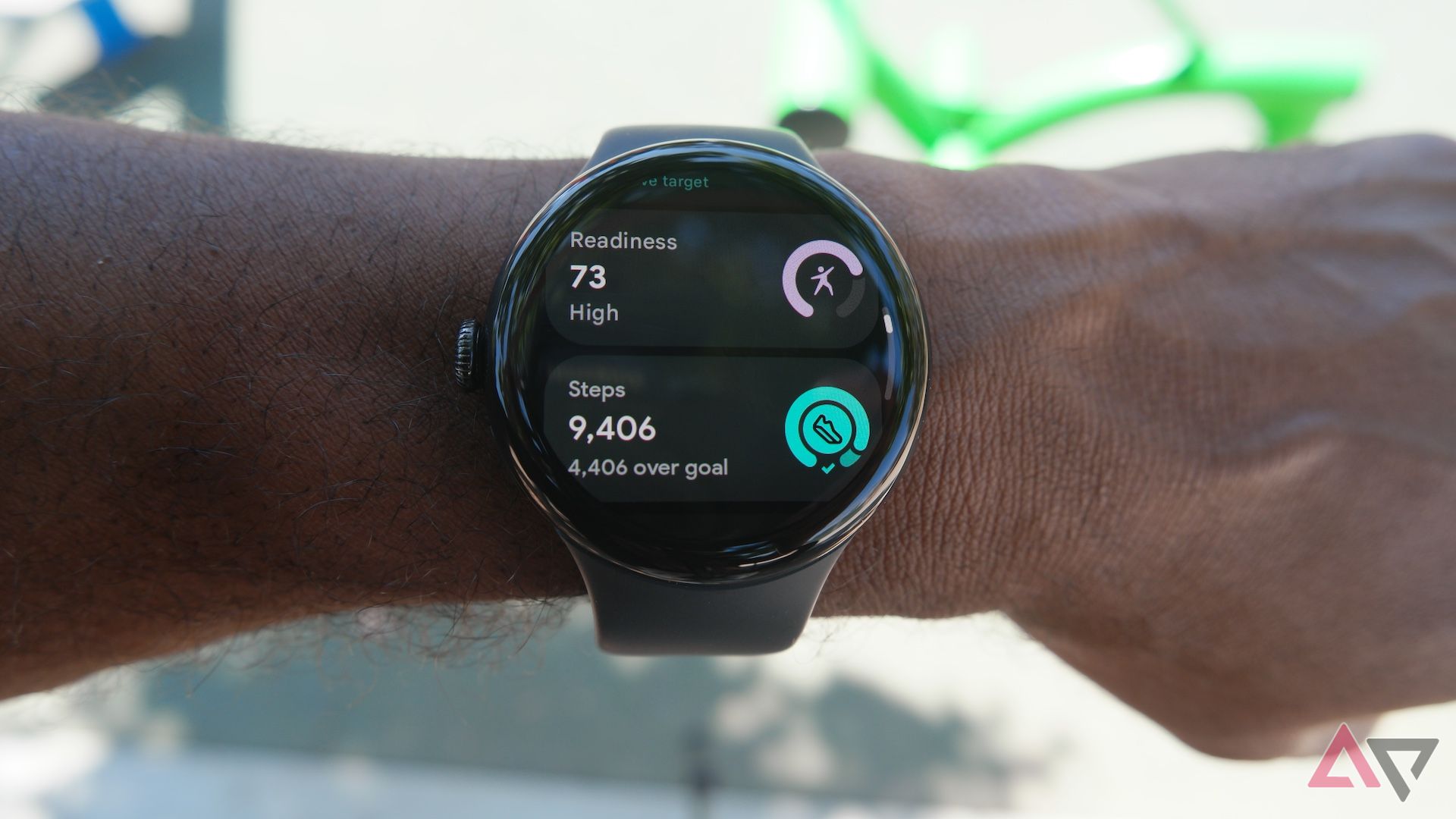
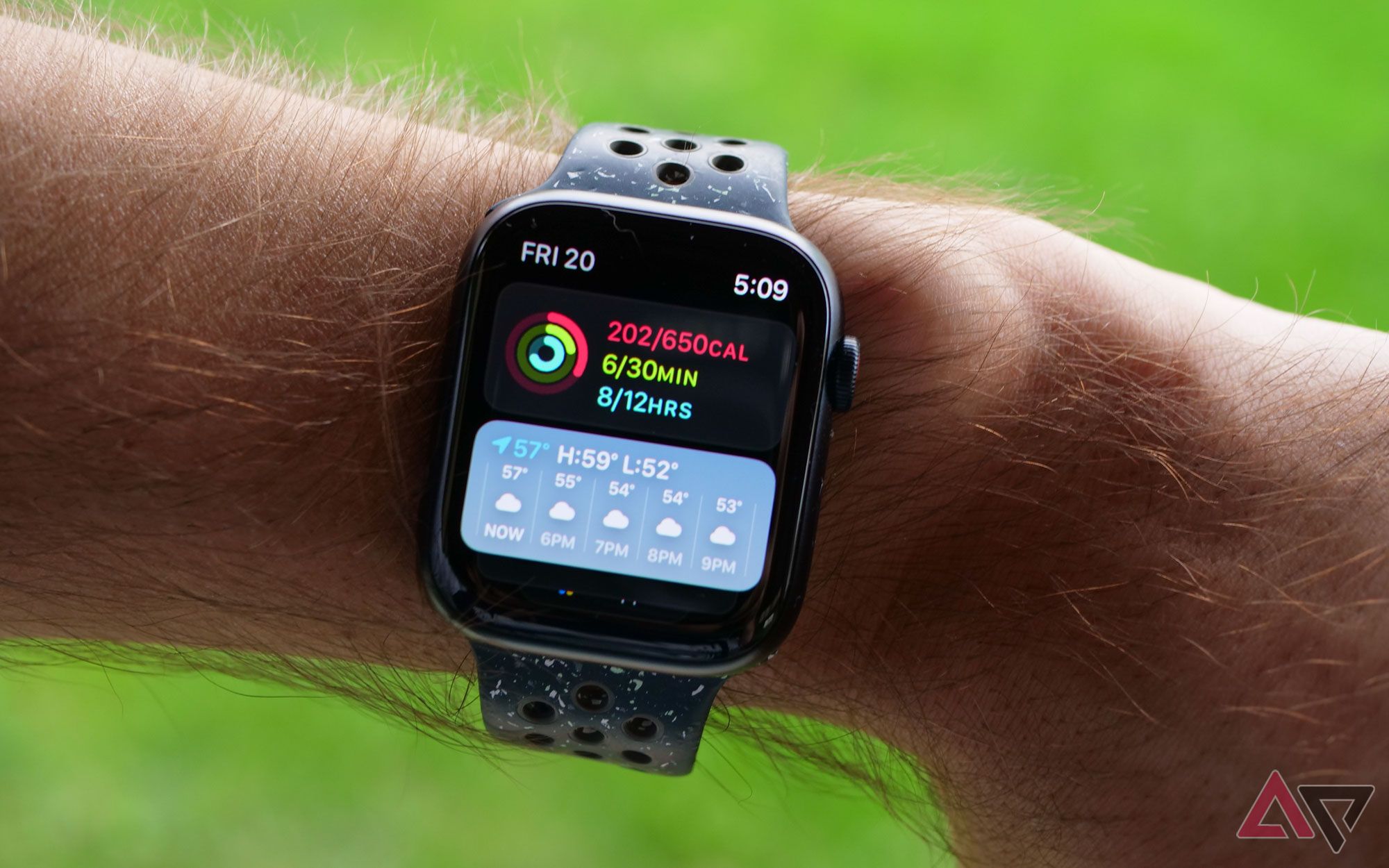
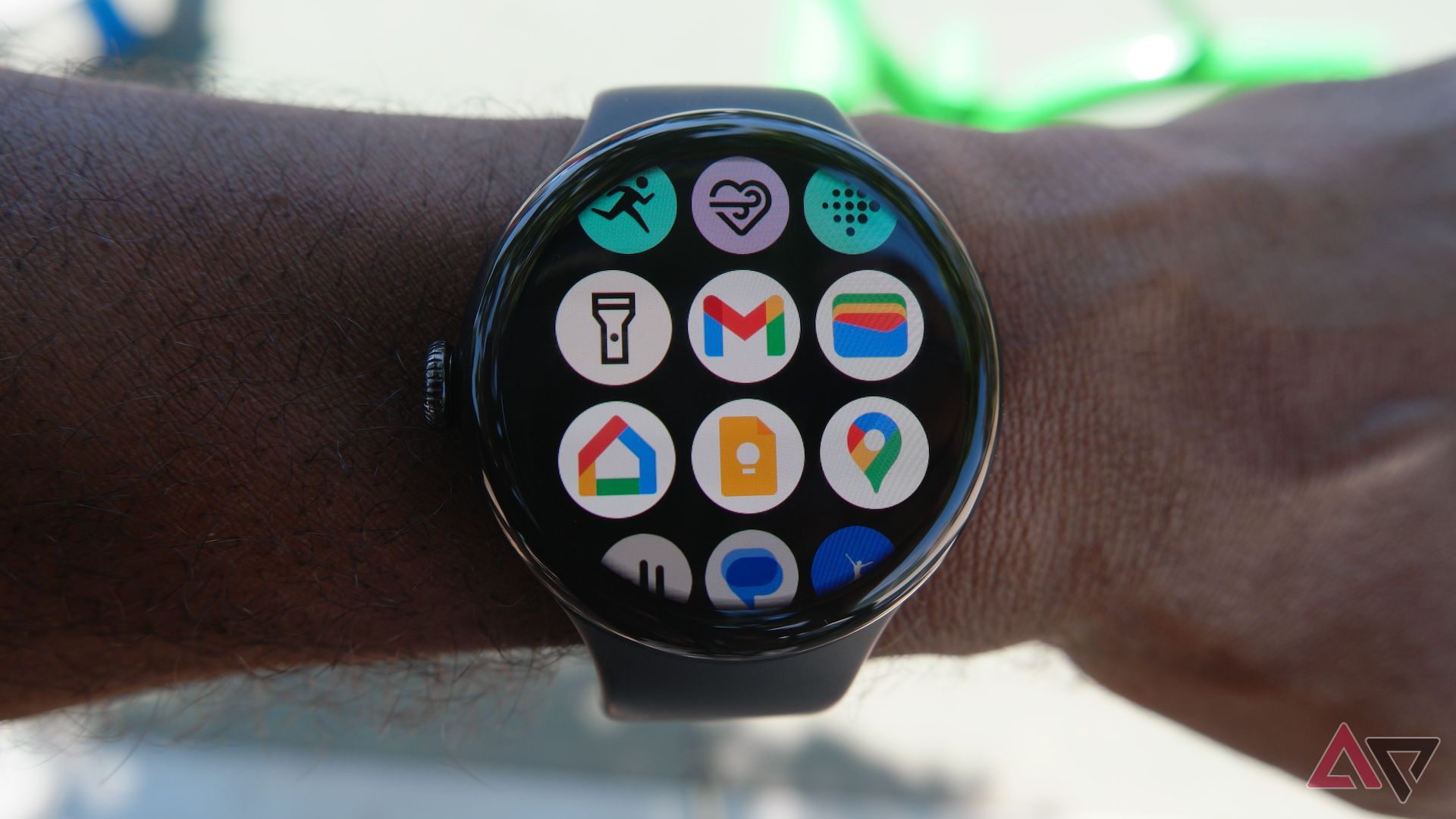




GIPHY App Key not set. Please check settings